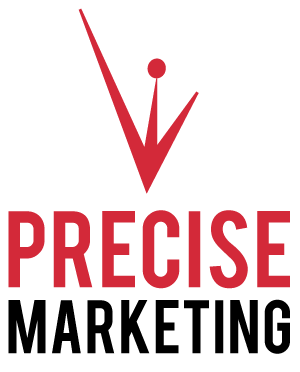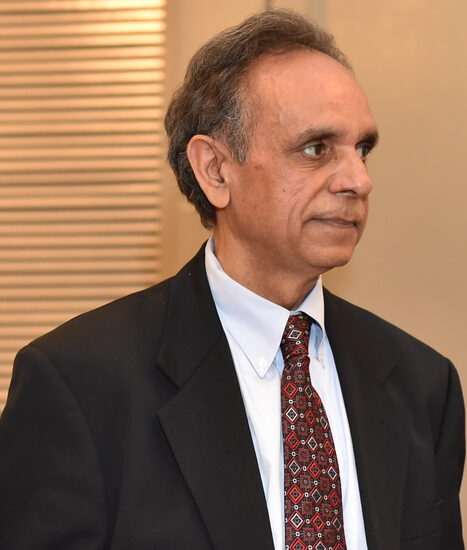In a World of Change, Marketing Still Begins—and Ends—with the Customer
By Upendra Mishra
BOSTON–In today’s hyper-digital, AI-saturated economy, it’s easy to believe that marketing has evolved beyond recognition. The rise of generative algorithms, predictive analytics, real-time personalization, and constant platform innovation makes it tempting to think the rules have changed. But amid all this transformation, the most enduring truth in marketing remains unchanged: it all starts with the customer.
This is not a novel idea. In fact, it’s more than 60 years old.
In his 1960 Harvard Business Review essay Marketing Myopia, economist and marketing theorist Theodore Levitt made an argument that still slices through today’s tech noise like a razor: businesses fail not because of lack of innovation or effort, but because they misunderstand what business they’re really in.
Too many companies define themselves by their products rather than by the problems they solve. And in doing so, they lose touch with the people they’re meant to serve. That myopia—short-sightedness in how value is perceived—remains one of the most dangerous threats to long-term success, whether you’re running a railroad in the 20th century or building AI software in 2025.
Growth Isn’t a Given. It’s Earned.
One of the most striking takeaways from Levitt’s work is that growth is never inevitable. Entire industries collapse not because customers disappear, but because those industries fail to adapt to changing needs.
Take Levitt’s example: railroads. They didn’t fall because people stopped needing transportation. They fell because they thought they were in the railroad business, not the transportation business. Their vision was too narrow—and they paid the price.
Fast forward to today, and you’ll see similar warning signs. Think of streaming platforms more focused on content quantity than user experience. Or fintech apps that prioritize slick features over genuine financial empowerment. Or edtech tools with AI-driven learning pathways that forget to ask: What does the student actually need?
Technological novelty doesn’t guarantee survival. Relevance does. And relevance can only be achieved when companies stay ruthlessly focused on the people they serve.
Selling vs. Marketing: A Crucial Distinction
Levitt drew a clear line between selling and marketing. Selling is about pushing a product out the door. Marketing is about starting at the door—with the customer standing in front of it.
This distinction matters even more today. In an era where teams often obsess over features, UI enhancements, and backend innovations, it’s easy to become product-centric rather than customer-centric. But people don’t care about the technology behind your app or the AI that powers your chatbot. They care about whether it solves their problem, improves their life, or brings them closer to something they value.
Startups especially fall into this trap. Fueled by engineering brilliance and VC funding, they pour resources into refining the product—often assuming that “build it and they will come” still applies. But without a deep, empathetic understanding of customer pain points and motivations, even the best tech is just noise.
Marketing Isn’t a Department. It’s the Business.
Levitt’s most radical—and important—point is that marketing is not a siloed function. It’s not something you do after the product is built. It’s the lens through which the entire business should be viewed.
“An industry begins with the customer and their needs,” he wrote. “It does not begin with a patent, a raw material, or a selling skill.”
This is a wake-up call for CEOs, engineers, and founders: your job isn’t to build a product. Your job is to create customers. Everything else—your logistics, your pricing, your development roadmap—should align with that goal.
The Human Advantage in the Digital Age
In today’s marketing landscape, everyone has access to the same tools. AI can write copy. Automation can deliver campaigns. Big data can offer insights.
But tools alone don’t create differentiation. The real edge is human: understanding customers in ways that machines can’t. AI may predict what a customer will do next, but it can’t (yet) fully grasp why they feel what they feel—or what truly motivates them.
That’s where great marketers still shine. It’s not about automating impressions. It’s about building relationships, solving problems, and delivering value in a way that feels personal, authentic, and trustworthy.
The Core Still Matters
So yes, the pace of change is dizzying. Yes, new platforms and technologies arrive almost daily. But Levitt’s insight still holds: if you lose sight of your customer, you lose your business.
The essence of marketing hasn’t changed—it’s only become more critical. And the companies that remember this, who build with the customer as the cornerstone, will not only stand the test of time—they’ll lead it.
Because in the end, marketing isn’t about clever slogans or viral videos. It’s about empathy. It’s about service. It’s about seeing the world through the customer’s eyes—and acting accordingly.
Everything else is just tactics.
(Upendra Mishra is the author of Precise Marketing: The Proven System for Growing Revenue in a Noisy World and After the Fall: How Owen Lost Everything and Found What Truly Mattered. He is also a filmmaker and founder of Precise Marketing, a strategy and communications firm based in Boston.)




